Cats have long been shrouded in an air of mystique and intrigue, often being seen as the more enigmatic counterparts to dogs. While dogs are celebrated for their loyalty and enthusiasm, cats have quietly earned the reputation of being the sly geniuses of the pet world. Ever wondered why your feline friend always seems to get the best of your pooch? It’s not just a coincidence. Science reveals some compelling insights into why cats often outsmart dogs in everyday situations.
1. Cats Have Mastered The Art Of Stealth
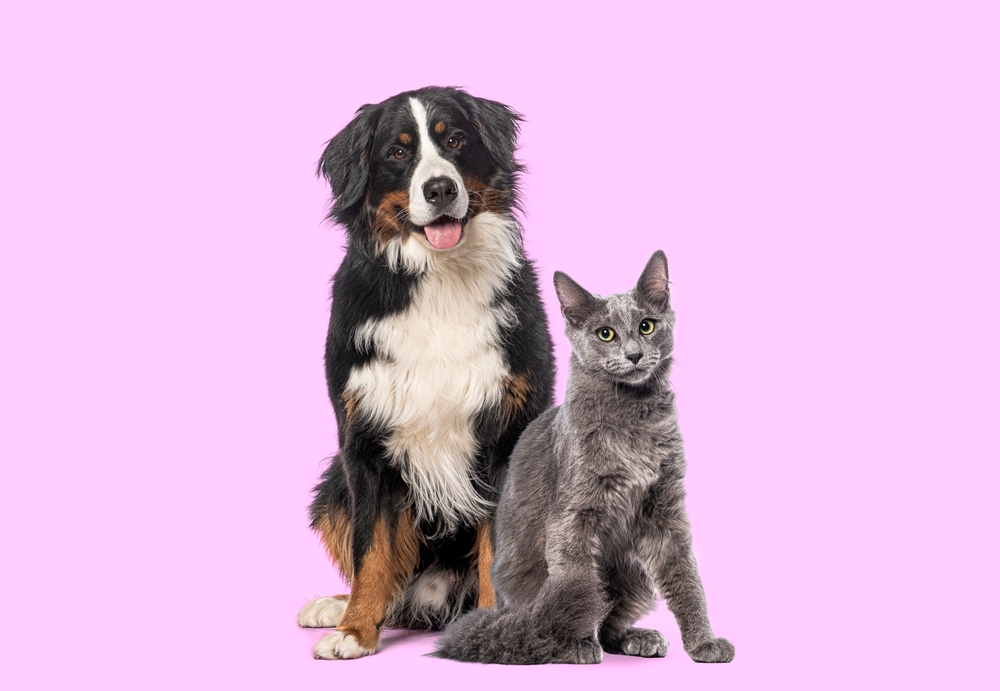
Have you ever noticed how cats can sneak up on you without making a sound? Their silent paws are no accident; cats have specialized pads that allow them to tread silently. This makes them excellent hunters and gives them a clear edge in ambush games with dogs, who often give themselves away with a noisy approach. Cats are adept at moving with precision, often using their stealth to outmaneuver dogs when it comes to securing the last piece of chicken from the kitchen counter. According to PangoVet, cats’ specialized paw pads allow them to move silently, making them highly efficient hunters and stealthy observers.
On the other hand, dogs, in their unlimited enthusiasm, often lose the element of surprise with their high-energy, sometimes clumsy antics. Their noisy nature can alert cats and others to their presence long before they arrive, giving cats ample time to plot their next move. This stealthy nature isn’t just for sneaking past dogs; it also helps cats evade predators in the wild, making them more adaptable survivors. So next time your dog is frantically barking at what seems to be nothing, it might just be your clever cat, silently observing from the shadows.
2. Cats Can Navigate Tight Spaces With Feline Grace
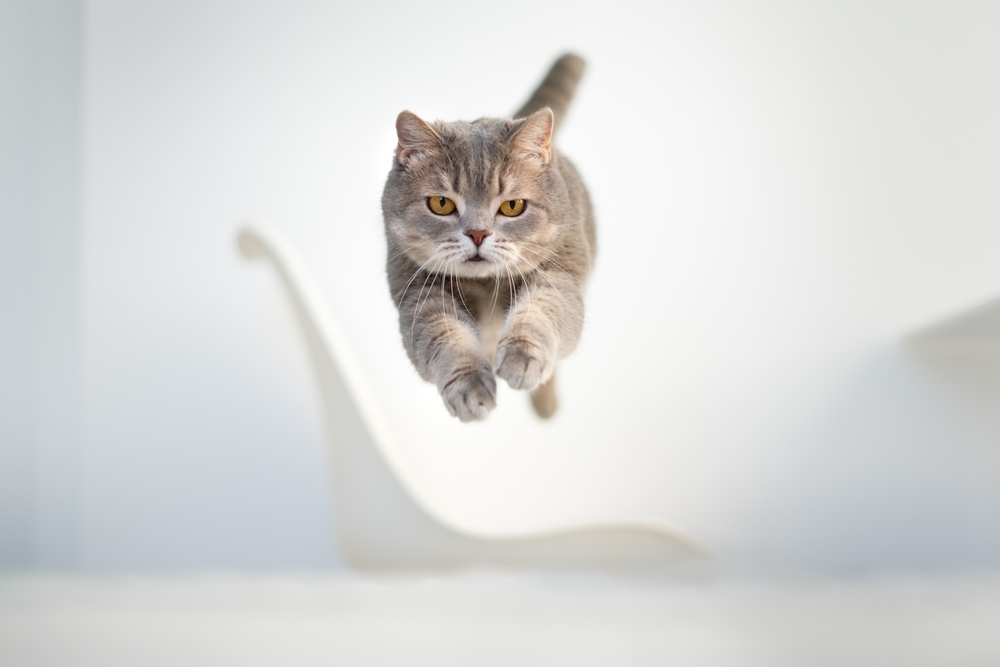
Have you ever wondered how your cat manages to squeeze their body into the tightest of spaces? Thanks to their flexible spine and collarbone structure, cats can fit into gaps that seem impossibly small. This ability isn’t just useful for exploration; it gives them a tactical advantage over dogs when it comes to hide-and-seek. While dogs might struggle to reach a cat that’s hidden under a couch or perched on a high shelf, cats can effortlessly navigate these spaces. As explained by Live Science, cats’ flexible spines and free-floating collarbones enable them to fit through tight spaces with ease, an evolutionary trait that helps them evade predators.
Dogs, with their more rigid skeletal structure, simply can’t compete in this arena. Their larger size and less flexible bodies mean they’re often left looking on in frustration as cats disappear into places they can’t follow. This agility allows cats to escape when they want some alone time or when they need to make a quick getaway from a playful pup. It also means cats can find cozy spots to nap where they’re least likely to be disturbed, ensuring they always get their beauty sleep.
3. Cats Can Outwit Dogs With Superior Problem-Solving Skills
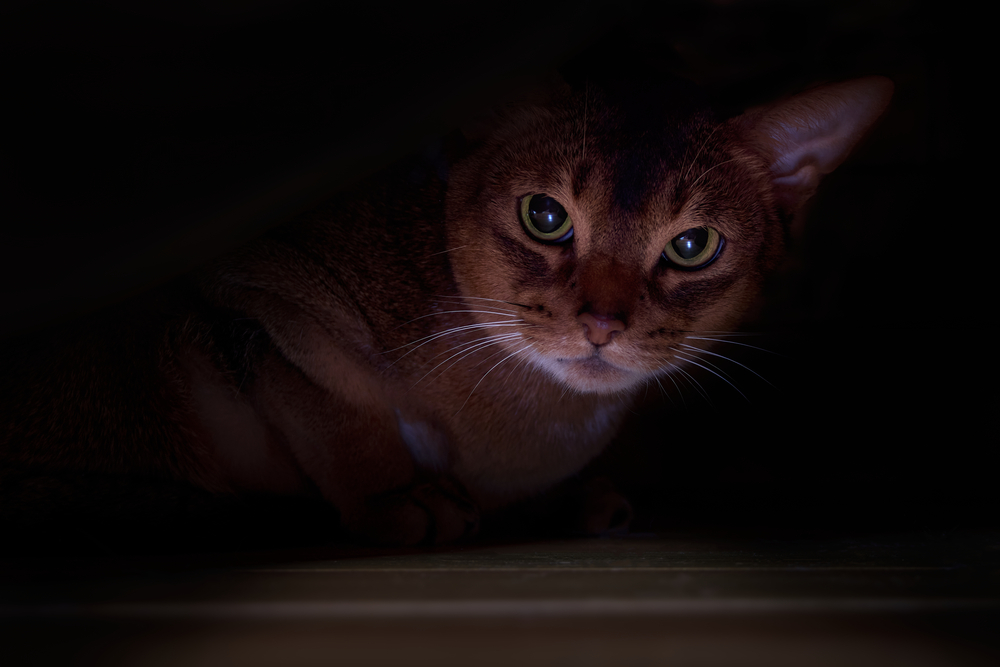
It’s no secret that cats are naturally curious creatures, and this curiosity often drives them to solve puzzles that might stump their canine counterparts. Studies have shown that cats are excellent at figuring out how to open doors, cabinets, and even latches. Their problem-solving skills are not just for mischief; they also allow them to find food and escape predators. Cats use their intelligence to work through challenges, such as retrieving a toy from a tricky position or finding a way to access a high perch. According to BondVet, cats excel at solving problems independently, showcasing a level of intelligence that often allows them to outmaneuver dogs in everyday situations.
While dogs have their own impressive set of skills, their approach is often more trial-and-error than problem-solving. Dogs may rely on brute strength to achieve their goals, but cats use their brains over brawn. This difference in approach means cats can be more independent, often finding ways to entertain themselves without human intervention. It’s this independence and problem-solving prowess that often sees cats getting the better of dogs in everyday interactions.
4. Cats Have The Upper Paw In Attention Economics
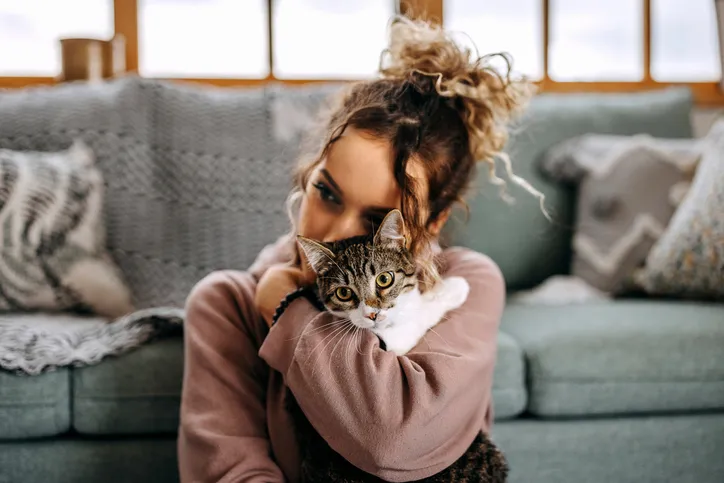
Have you ever noticed how cats can command attention without lifting a paw? Cats have mastered the art of getting humans to do their bidding with just a flick of the tail or a plaintive meow. Their subtle ways of communicating their needs often ensure they get what they want without any fuss. Dogs, however, are more direct and may resort to barking or jumping to get attention, which can sometimes be overwhelming for their humans.
Cats also seem to understand the power of scarcity. By being less overtly affectionate, they make their moments of warmth all the more cherished, ensuring they become the center of attention when they want it. This has a psychological effect on their human companions, making interactions with cats seem more significant and rewarding. It’s a clever strategy that often leaves dogs wondering why they’re not getting the same level of undivided attention.
5. Cats Are The Zen Masters Of Relaxation
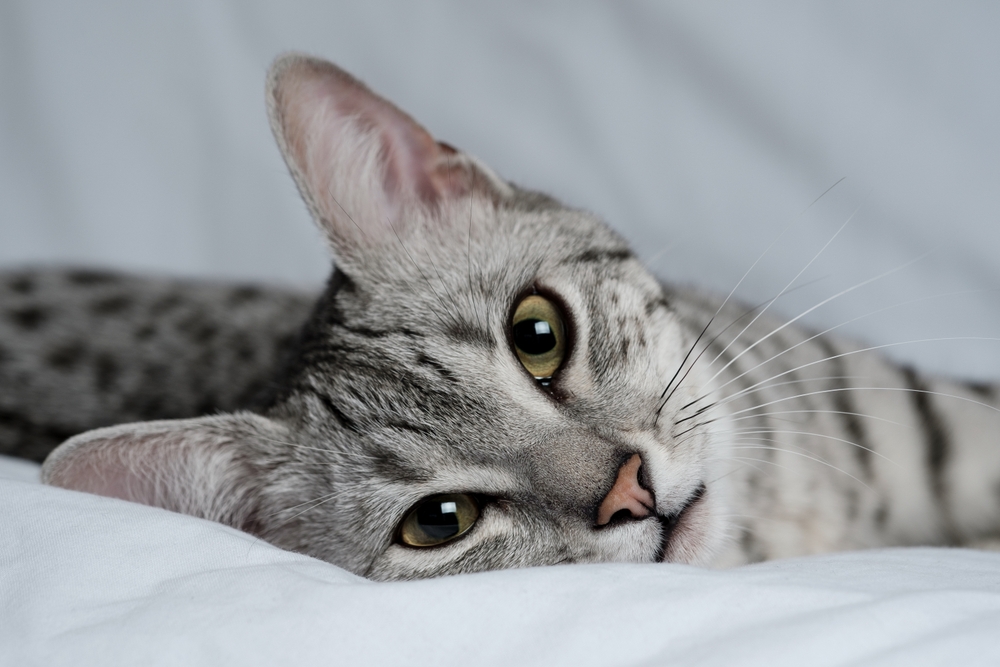
If there’s one thing cats excel at, it’s the art of relaxation. Cats can sleep for up to 16 hours a day, and they’re experts at finding the most comfortable spots in the house. Their ability to conserve energy is a survival trait that has been honed over millennia, allowing them to spring into action at a moment’s notice when necessary. Dogs, on the other hand, often have bursts of energy that can leave them feeling restless.
This mastery of relaxation gives cats a mental edge, allowing them to remain calm and collected in situations that might agitate dogs. By staying cool under pressure, cats can assess situations more rationally, often making better decisions as a result. Their relaxed demeanor can also have a calming effect on their human companions, proving once again that cats know how to work their magic in everyday scenarios. If there’s a lesson to be learned here, it’s that sometimes, taking a nap is the smartest solution.
6. Cats Strategically Use Their Playtime
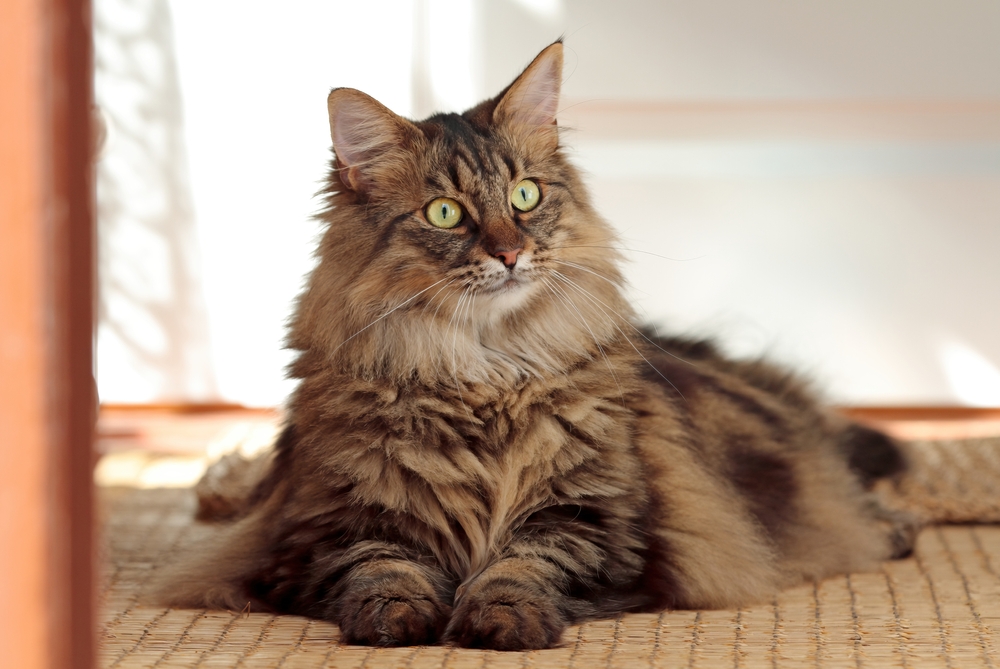
Cats approach playtime with a strategic mind, often using it as a means to hone their hunting skills. Their games mimic the behaviors they would use in the wild, such as stalking, pouncing, and batting at prey. This instinctual play behavior not only keeps them entertained but also sharpens their reflexes. Dogs, however, tend to engage in play that’s more about expending energy than practicing survival skills.
Cats use play as a calculated opportunity to test their agility and cunning, often turning playtime into a learning experience. They can play independently, using their environment creatively to simulate hunting scenarios. This independent play is another way cats maintain their sharpness, ensuring they stay one step ahead of their canine counterparts. While dogs enjoy rough-and-tumble play, cats’ calculated approach ensures they remain nimble and alert.
7. Cats Have The Advantage In Communication
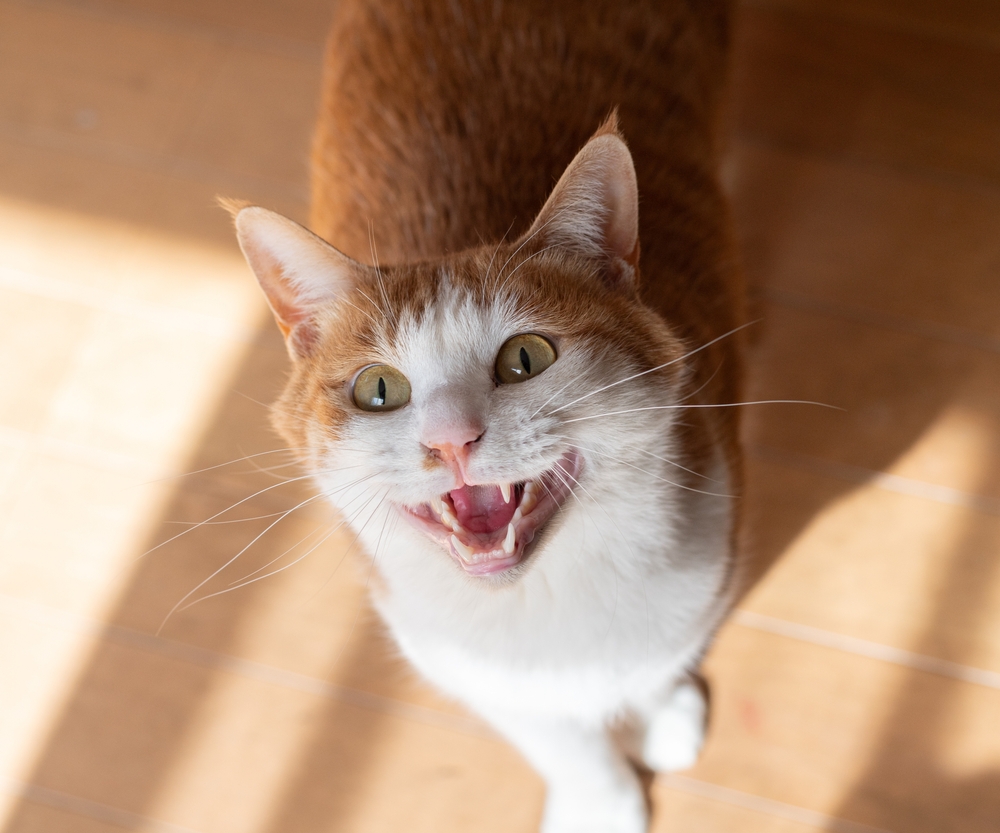
Cats have a complex system of communication that goes beyond the standard meow. They use a variety of vocalizations, body language, and even tail movements to convey their feelings and needs. This nuanced communication allows them to interact effectively with their human companions, often getting what they want without causing a fuss. Dogs, while also excellent communicators, tend to be more straightforward and vocal.
Cats’ subtle communication methods often mean they can get their message across without overwhelming their human companions. This nuanced form of interaction keeps cats in control, ensuring they can manage their environment and the people within it. It’s this understanding and manipulation of communication that often sees them outsmarting dogs in everyday situations. Cats’ ability to have a “conversation” with their humans helps them build stronger bonds and navigate their world with ease.
8. Cats Understand The Power Of Observation
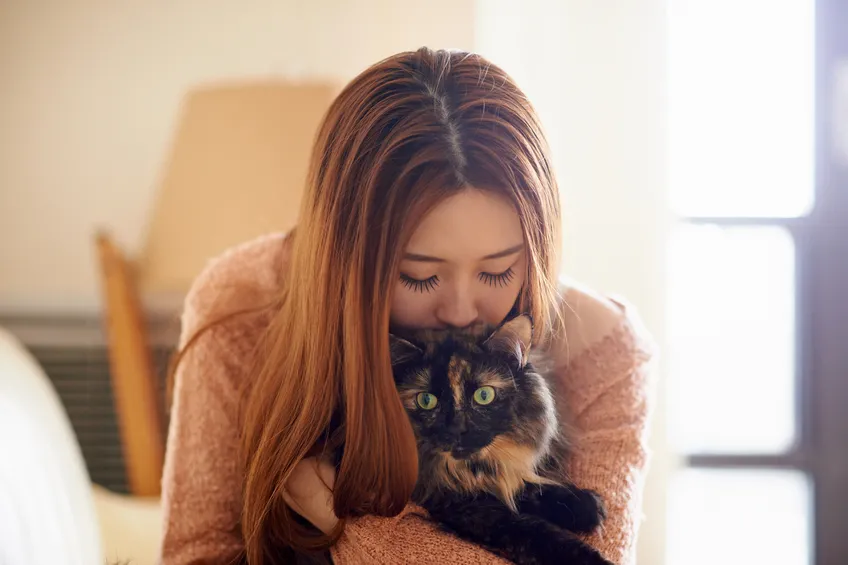
Cats are natural observers. They spend a lot of time watching and learning about their environment and the creatures within it. This observational nature allows them to anticipate the actions of others, including dogs, and adjust their behavior accordingly. Whether it’s learning the household routine or understanding how to manipulate a door handle, cats use their keen sense of observation to their advantage.
In contrast, dogs often barrel into situations with enthusiasm, sometimes missing the finer details. Cats, however, take a step back, assess the situation, and then make their move. This allows them to be more strategic and deliberate in their actions, often outsmarting dogs when it comes to solving problems or getting the upper hand in a playful encounter. Cats’ ability to patiently watch and learn is a key trait that keeps them ahead in the game of life.
9. Cats Know The Art Of Self-Care
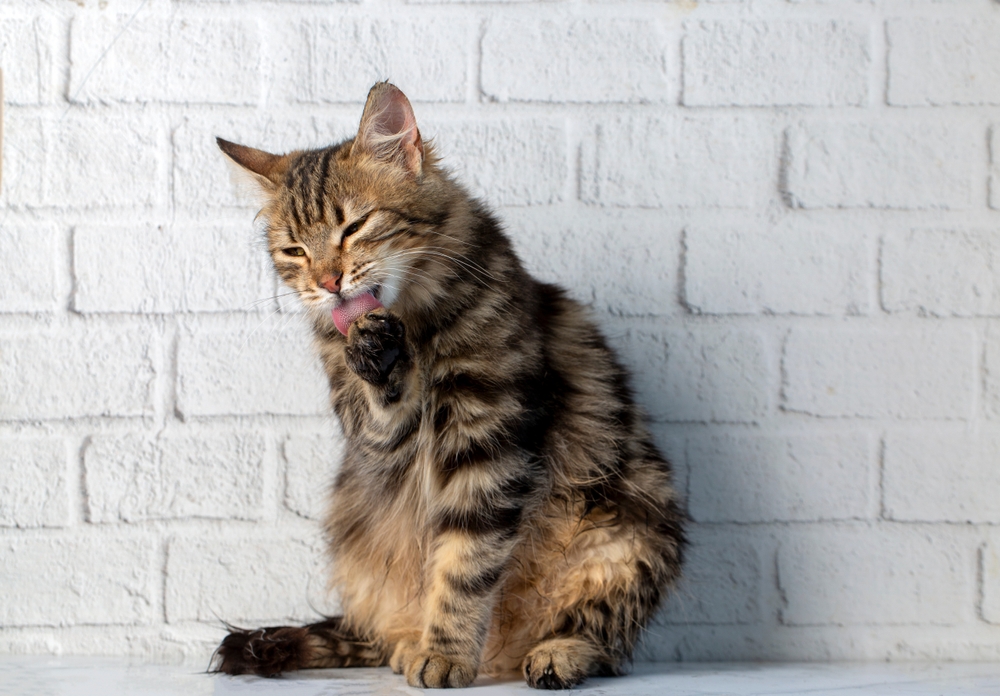
Cats are masters of self-care, spending several hours a day grooming themselves. This meticulous grooming routine is not just about looking good; it serves several practical purposes, such as regulating body temperature and distributing natural oils. Dogs, while also benefiting from grooming, typically rely more on their human companions for regular maintenance. Cats’ independence in this area is just another way they showcase their self-sufficiency.
This focus on self-care extends into other areas of their lives. Cats are known to be discerning about their diet and are likely to walk away from food that doesn’t meet their standards. This selective nature ensures they maintain their health and well-being, often leading to a longer lifespan than dogs. In essence, cats’ dedication to self-care is not just about vanity but survival, ensuring they remain in top form to outsmart their canine buddies.
10. Cats Have A Cunning Sense Of Timing
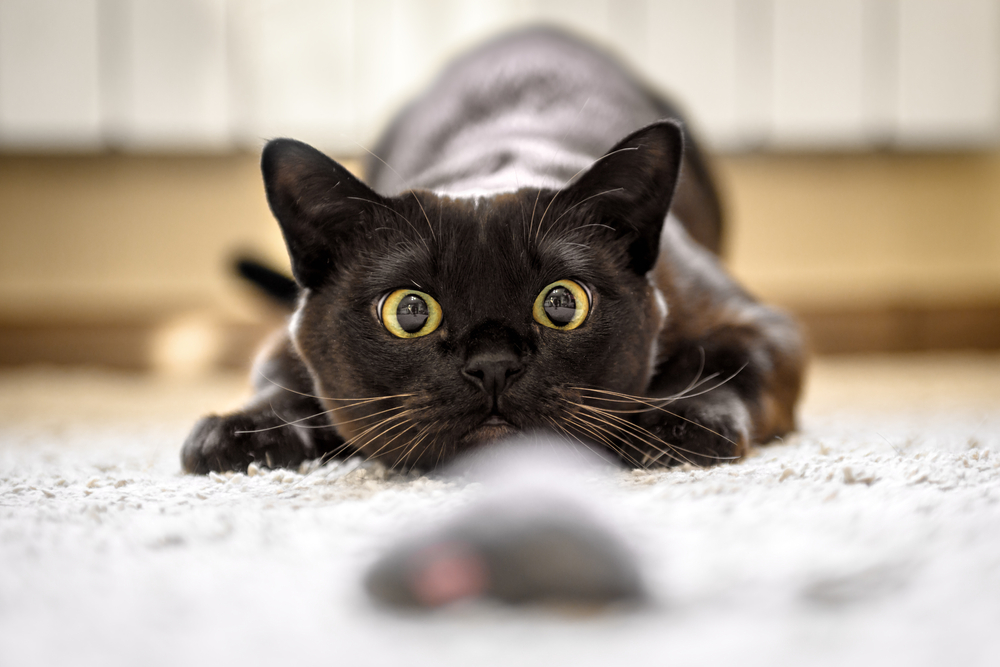
Timing is everything, and cats seem to have an innate sense of it. Whether they’re waiting for the perfect moment to pounce or timing their meow to coincide with a human meal, cats often appear to have a sixth sense about when to act. This keen sense of timing is a survival trait that serves them well in the wild and at home. Dogs, with their exuberance and eagerness, sometimes miss the mark when it comes to perfect timing.
Cats can often be seen lurking in the shadows, waiting for the right moment to make their presence known. This careful calculation ensures their actions have maximum impact, whether they’re securing a treat or avoiding an unwanted interaction. Their ability to bide their time and act with precision gives them a distinct advantage over dogs, who might rush in without thinking. Cats’ mastery of timing often allows them to control situations and achieve their desired outcomes with ease.
11. Cats Harness The Element Of Surprise
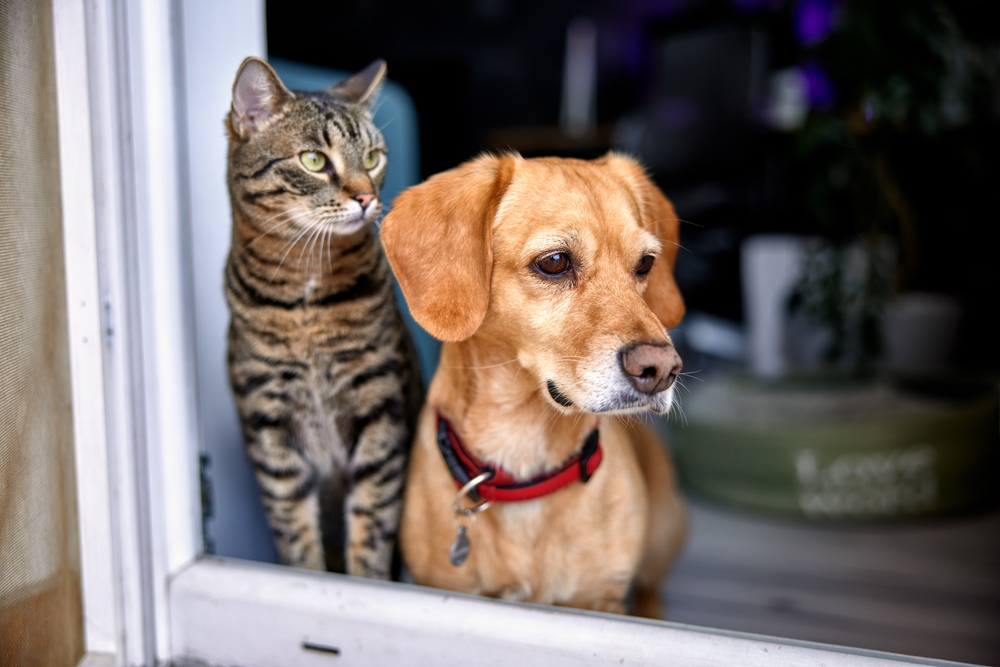
Cats are experts at using the element of surprise to their advantage. Whether it’s sneaking up on a dog in play or suddenly darting out from a hiding spot, cats know how to keep everyone on their toes. This ability to surprise is rooted in their predator instincts, where the element of surprise is key to a successful hunt. Dogs, while playful and energetic, often lack the stealth to pull off such surprise maneuvers.
The element of surprise gives cats an edge in both play and everyday interactions. By keeping others guessing, cats maintain control and can dictate the flow of activities. This unpredictability makes them fascinating companions and gives them a leg up in the ongoing cat-versus-dog dynamic. Cats’ adept use of surprise not only keeps things interesting but also ensures they remain a step ahead of their canine counterparts.
12. Cats Have The Ability To Stay Cool Under Pressure
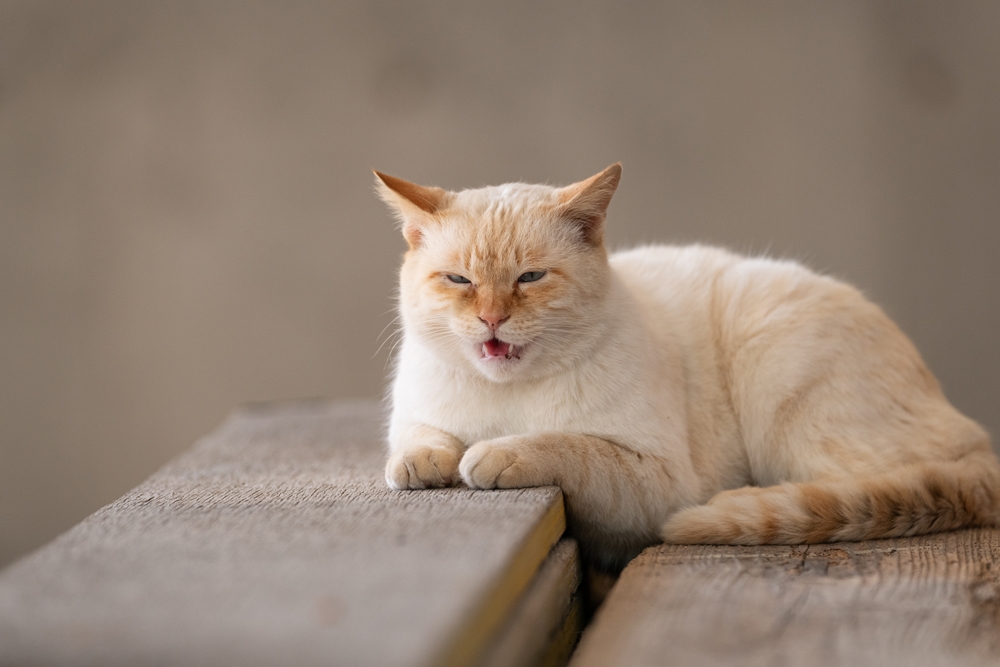
In stressful situations, cats have an incredible ability to remain calm and composed. Their stoic nature means they’re less likely to panic, allowing them to think clearly and make rational decisions. Dogs, in contrast, might react with heightened energy or anxiety, which can sometimes exacerbate the situation. Cats’ cool demeanor gives them a distinct advantage, allowing them to navigate stressful scenarios with grace.
This calmness serves cats well, whether they’re encountering a new animal or facing a sudden change in their environment. By maintaining their composure, cats can assess the situation and choose the best course of action. Their ability to stay cool under pressure often sees them outsmarting dogs, who may act impulsively. It’s this level-headedness that ensures cats remain in control, no matter what life throws their way.
13. Cats Have A Better Understanding Of Human Psychology
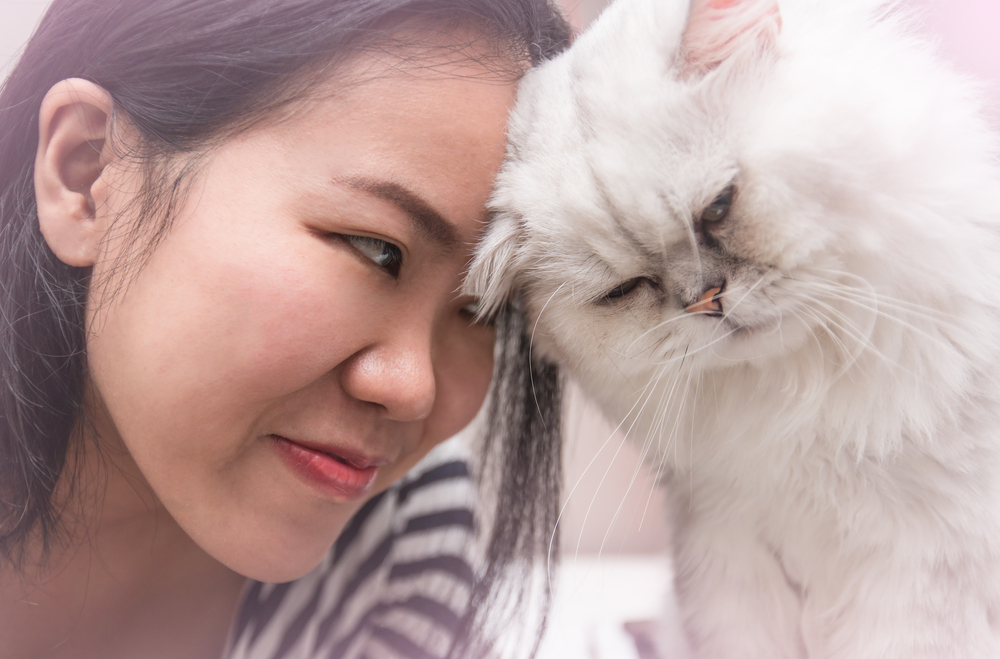
Cats have an uncanny ability to read human emotions and adjust their behavior accordingly. They seem to know when their humans need comfort, when to provide distraction, and when to leave them alone. This intuitive understanding allows cats to build strong, meaningful relationships with their human companions. Dogs, while also sensitive to human emotions, often express their empathy in more direct and less nuanced ways.
By tapping into human psychology, cats can often get what they want with minimal effort. Their subtle, calculated approaches often yield better results, whether it’s coaxing a treat or acquiring a new territory. This understanding of human behavior allows cats to coexist harmoniously with their humans while ensuring their needs are met. Cats’ ability to outsmart not just dogs but sometimes even their humans is a testament to their fascinating intelligence and adaptability.
